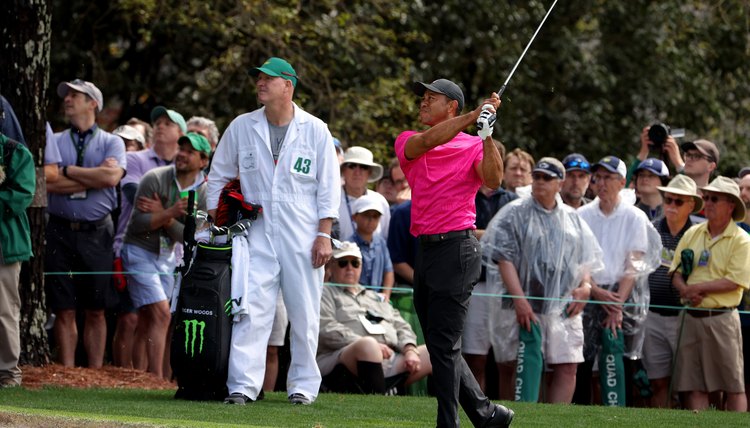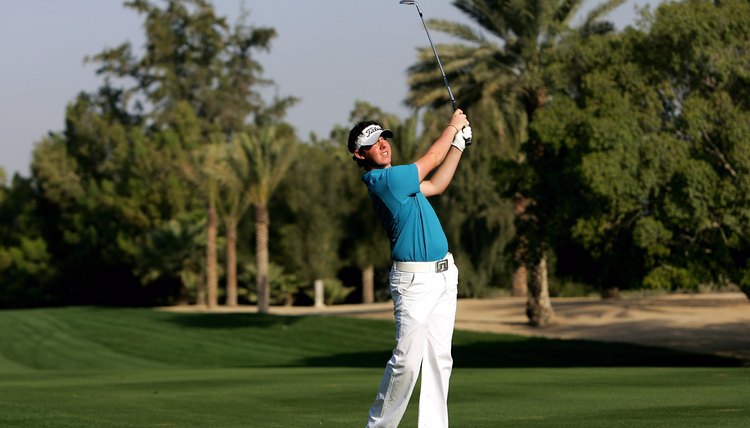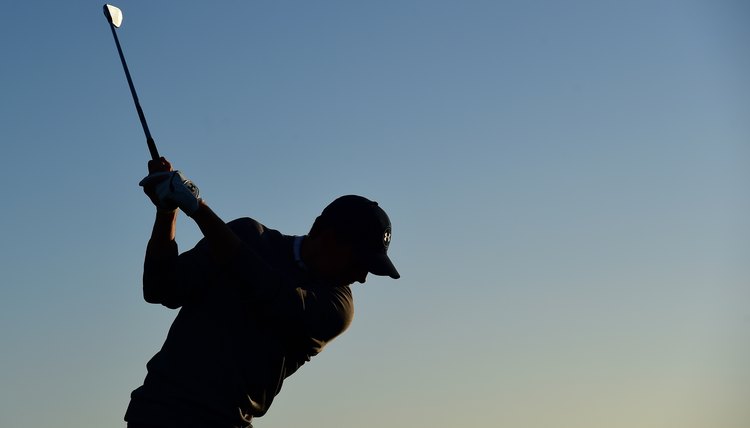Difference Between Slice and Hook

Slice vs Hook
Most beginner golfers and amateur golfers don't hit straight shots down the fairway on the golf course or at the driving range very often; to do so, the fundamentals of their golf swings have to be almost perfect.
Curved golf shots are easier to repeat than straighter shots. There are two basic types of curving shots, and their difference comes in the path of ball flight – one curves to the right and the other to the left.
The words "slice" and "hook" generally refer to shots that curve a lot. Sometimes you want to hit a big slice or hook shot – perhaps to get around a tree – but usually you just want a little curve.
A little slice is called a fade, and a little hook is called a draw. Imagine you're standing inside a circle when you hit your golf ball, whether you are a left-handed golfer or right-handed player. If the ball curves around the circle (and you), that's a hook. If the ball veers away from you, that's a slice.
Angle of Attack
There are three factors a player controls to help the shot shape of a slice or a hook, and the first is the club's angle of attack.
If the player makes a flat swing and tries to keep the clubhead as close to the ground during the downswing as he can, the ball is more likely to fly low and hook. If the player makes a very steep swing so he makes more of a chopping motion at the ball, it's more likely to jump up into the air and slice.

Golf Club Path
The second factor is club path, which often determines the angle of attack.
It's hard to keep the club traveling straight down the target line when the club hits the ball; it's usually crossing the target line at impact. If the club crosses from your side of the line toward the outside, that's an in-to-out path and helps the ball hook.
That might sound backward, but in-to-out paths usually have flat angles of attack that help the ball spin toward the player and hook.
And if the club is moving from outside the line toward the player, that's an out-to-in path. Out-to-in paths usually have steep angles of attack and help the ball slice.

Clubface Position
The third factor is the face position.
If the face points straight at the target when the club hits the ball, that's a square clubface. If the clubface points to the player's side of the target line (to the left for a right-handed golfer), that's a closed clubface and the ball tends to hook. And if the clubface points to the opposite side of the target line (to the right of the target for right-handers), that's an open clubface and the ball tends to slice.
Combinations
These three factors combine to make hooks and slices when playing golf. Here's the main takeaway:
If you swing on a flatter in-to-out swing path with a closed clubface, you get a hook. If you swing on a flatter in-to-out swing path with a square clubface, you get a draw shot.
If you swing on a steeper out-to-in swing path with a square clubface, you get a fade. And if you swing on a steeper out-to-in swing path with an open face, you get a slice.
To be a better golf player, learn how to slice shots and hook shots if necessary, but also know how to correct a slice or hook if it’s unintentional.
